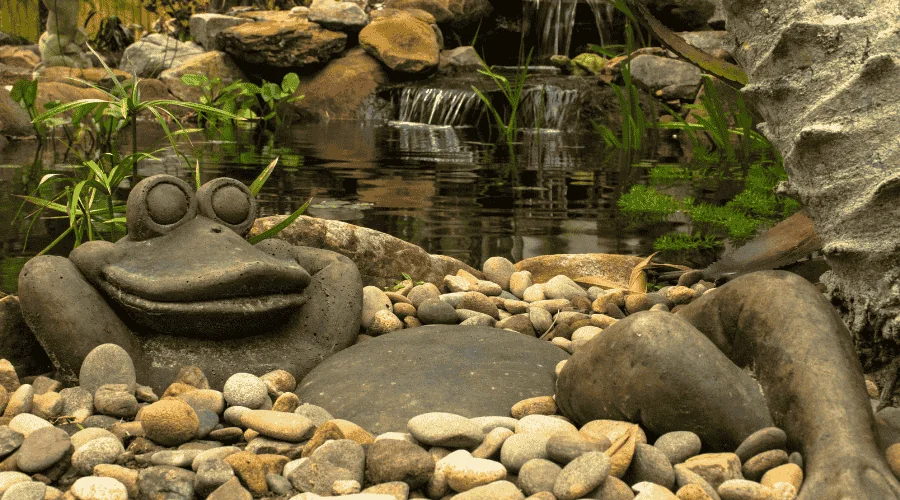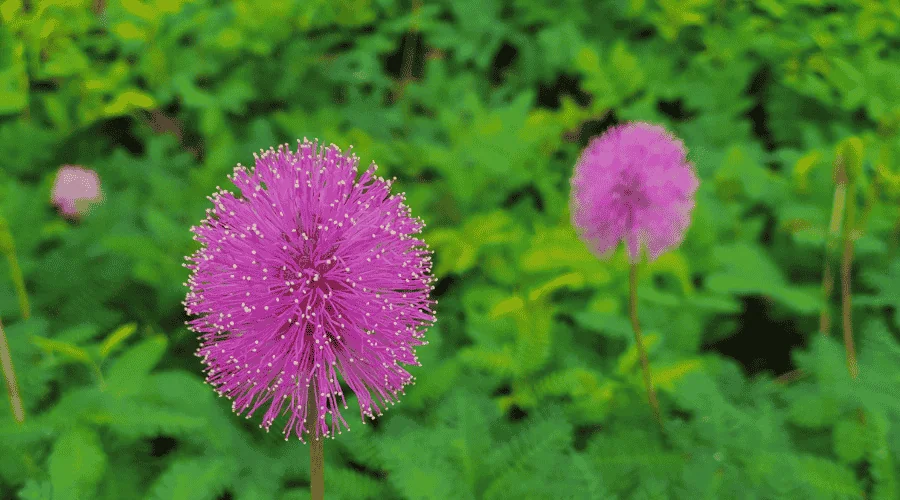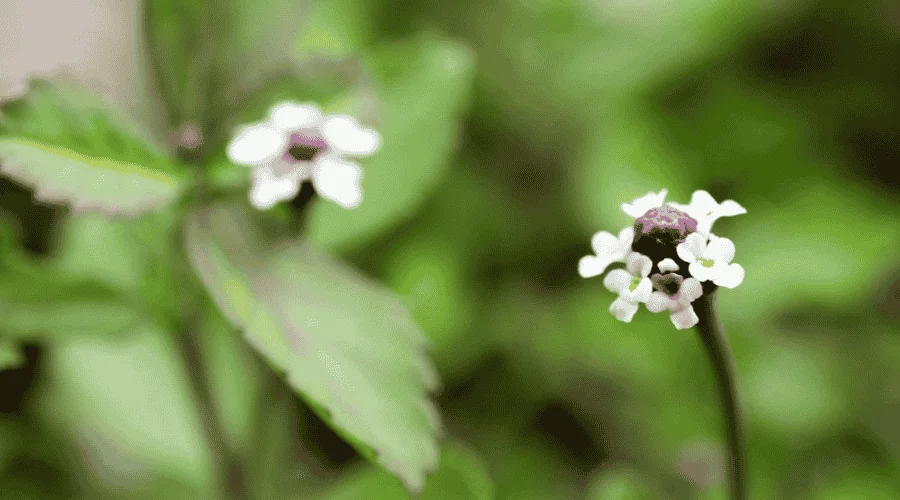By Amanda Rose Newton
Suppose you want to reduce pests naturally, support native wildlife, and create a peaceful backyard retreat. In that case, it’s time to roll out the green carpet for some of Florida’s most underappreciated garden heroes—frogs and toads! These amphibians are charming and voracious insect-eaters that can help you maintain balance in your garden without chemicals.
Here’s how to transform your Central Florida yard into a frog- and toad-friendly sanctuary.

Why Frogs and Toads Matter in the Garden
Natural pest control: One toad can eat over 100 insects in one night!
Biodiversity boost: Frogs and toads attract beneficial predators and pollinators.
Environmental indicators: Amphibians are sensitive to toxins, so their presence reflects a healthy ecosystem.

Step 1: Create Shelter and Moisture Zones
Frogs and toads need damp, shady places to hide from the sun. To create these cool retreats, add:
- Clay pots on their sides (partially buried) for natural burrows
- Mulch piles or rock stacks
- Native ground covers like frogfruit (Phyla nodiflora) or sunshine mimosa (Mimosa strigillosa)
Grow Tip: Both suggested groundcovers are low-maintenance, thrive in sandy soil, attract pollinators, and support frogs.
Step 2: Provide a Water Source
Frogs don’t drink with their mouths—they absorb moisture through their skin. You don’t need a large pond, but it should include clean, shallow water.
Frog-friendly water features:
- A glazed ceramic bowl sunk into the ground with a rock ramp
- A container pond with aquatic plants
- A birdbath with a gentle slope (not too deep!)
Grow Tip: Add native aquatic plants like pickerelweed (Pontederia cordata) or duck potato (Sagittaria lancifolia) to reduce algae and give frogs a place to hide.
Step 3: Go Pesticide-Free
Frogs are highly sensitive to chemicals. Pesticides, herbicides, and even chemical fertilizers can harm or kill them. Instead, focus on:
- Companion planting
- Manual pest removal
- Encouraging predators like frogs and birds to do the work for you
Bonus Tip: Add marigolds, basil, and mint near veggie beds to deter pests naturally while keeping your frog neighbors safe.
Step 4: Grow Native Plants They’ll Love
Native plants attract the insects frogs eat and offer shelter, too. Here are some Central Florida-friendly picks:
Top Native Plants for Frog-Friendly Gardens:
- Beautyberry (Callicarpa americana) – berries for birds, shelter below for toads
- Firebush (Hamelia patens) – pollinator magnet and great cover
- Muhly Grass (Muhlenbergia capillaris) – airy structure for frogs to hop through
- Spiderwort (Tradescantia ohiensis) – blooms in the morning, attracts pollinators and moisture-loving insects
Grow Tip: These suggested plants thrive in Central Florida’s heat and sandy soil; most are drought-tolerant once established.
Step 5: Light the Night Wisely
Avoid bright landscape lighting, which can disorient frogs and reduce nighttime insect activity.
- Use low-wattage, warm-tone lights
- Install solar path lights with motion sensors
- Leave part of your garden dark and undisturbed for nighttime amphibian activity

Creating a frog and toad habitat isn’t just about helping wildlife—it’s about restoring balance in your own yard. Whether you have a small patio garden or sprawling beds, even a single water bowl and a clay pot shelter can invite these tiny allies in.
So, join the movement this May and become a Garden Habitat Hero. Your garden—and your grateful frogs—will thank you.
Looking for native plants? Rockledge Gardens keeps many in stock year-round. Just ask!


